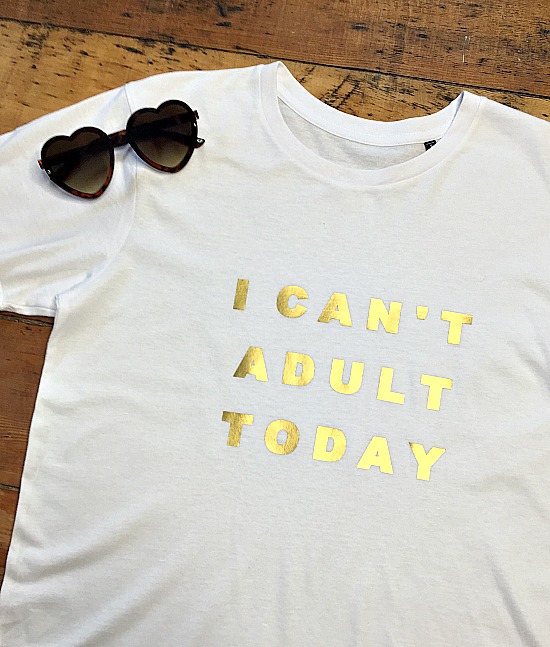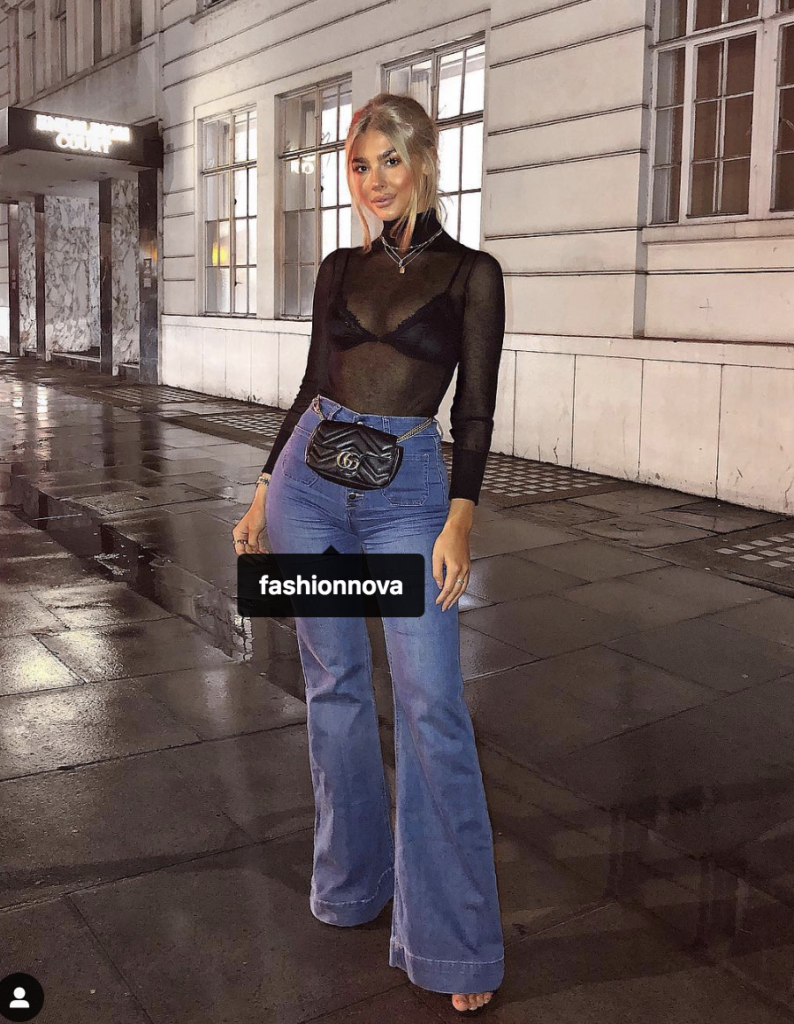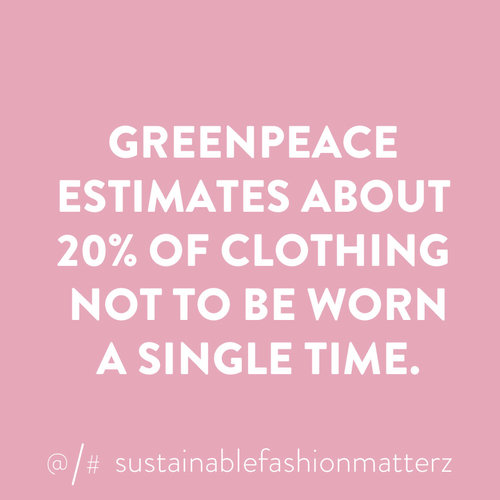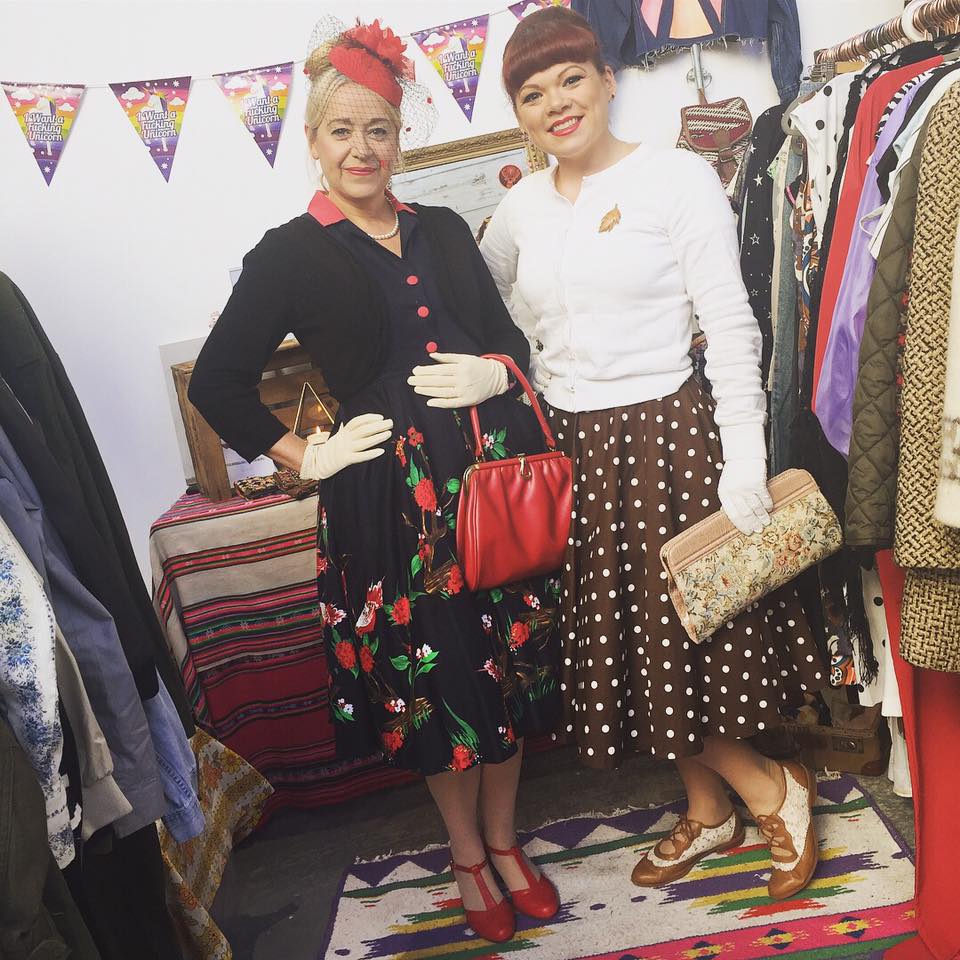Eco-Mischief back in stock
Being rude has never been so ethical.
Fully restocked and now up to a size XL.
The only naughty bit about these t-shirts is the slogan… All organic cotton and ethically sourced using natural eco dyes only.

Bring out your mischievious side and choose the slogan T-shirt that says it best for you!























 So here are some of my favourite moments from the recent fairs in Birmingham, Chester and Liverpool for Judy’s affordable
So here are some of my favourite moments from the recent fairs in Birmingham, Chester and Liverpool for Judy’s affordable 










